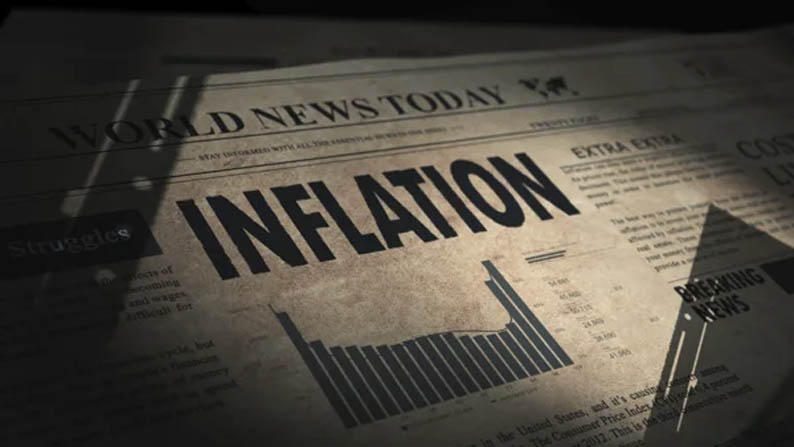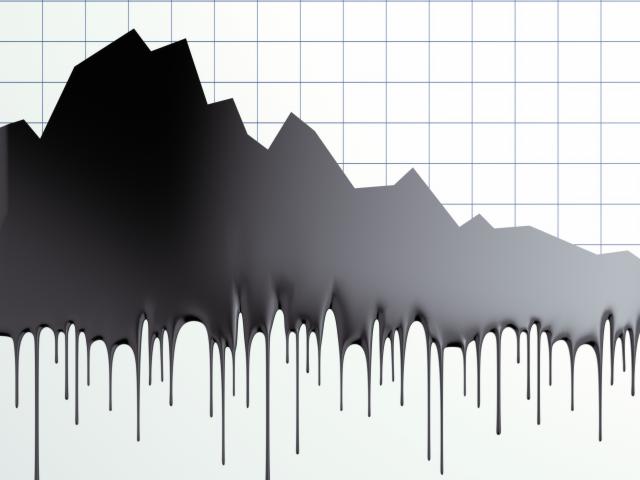By Moody’s Analytics
U.S. CPI inflation rose 0.3% in the final month of 2023. This aligns with Moody’s Analytics forecast but comes in a touch stronger than consensus expectations.
Excluding food and energy, the CPI rose 0.3% in December, which was higher than our and consensus calls for a 0.2% gain. Relative to a year-ago, core CPI was up 3.9%, down slightly from November’s 4% annual rate.
The Federal Open Market Committee would have certainly preferred a softer report, but December’s modest acceleration will not knock the interest rate-setting committee off course. When the FOMC meets at the end of January, fed funds pricing data place a 97% probability that committee will keep the main policy rate unchanged.
With further interest rate hikes unlikely, incoming inflation and labour market data will determine when the first cut occurs. Our latest baseline forecast expects that to happen in May, while investors anticipate a March cut. Before that March FOMC meeting, there will be two more CPI reports and the important employment cost index for the fourth quarter.
The details
After falling more than 2% in recent months, energy prices rose 0.4% in December. Gasoline prices moved sideways after falling 6% in November, but this was offset by an increase in electricity costs. Throughout 2023, food prices grew at a low and stable rate.
Relative to a year prior, the CPI for food was up 2.7% in December. Relief has come from the grocery store. Food at home prices ticked up 0.1% in December and were just 1.3% higher relative to a year prior. Prices for food away from home have risen meaningfully faster. The 0.3% gain in December leaves prices 5.2% higher relative to a year earlier.
New-vehicle prices rose 0.3% in December after ticking down 0.1% in November. After a surprising 1.6% jump in November, used-vehicle prices rose 0.5% in December. The automotive industry, with its uniquely globalized supplier network, was the poster child for pandemic-induced supply-chain issues. Our near- and intermediate-term forecast calls for price moderation as inventories continue to grow.
The rapid price increases of vehicles continue to drive up insurance costs. The CPI for motor vehicle insurance rose 1.5% in December, bringing insurance prices 20.3% higher than a year ago. Maintenance and repair prices dipped 0.3% in December but were still 7.1% higher than a year ago.
Shelter prices continue to moderate. On a year-ago basis, the CPI for shelter was up 6.2% in December, down from its peak of 8.2% in March 2023. By year-end 2024, we expect shelter CPI growth to be 4.1%, nearly 2.5 percentage points below its current rate.
The weight given shelter in CPI calculations means this deceleration is the primary driver behind our baseline forecast of 2.6% headline and 2.9% core CPI by the fourth quarter of 2024.
Our January baseline pulled forward the timing of the first rate cut from June to May. That decision was made in response to consistent moderation on the inflation front, and the Fed’s acknowledgment of it. December’s report falls on the stronger side of expectations but does not represent a material deviation.
What’s behind small businesses’ pessimism?
U.S.-based small businesses continue to fret amid struggles with high costs and labour constraints. The NFIB Small Business Optimism Index increased in December, rising from 90.6 to 91.9, in line with our forecast. Despite the improvement, sentiment on Main Street is not much better than its April trough below 90. It is being weighed down primarily by expectations of near-term economic weakness.
The vast majority of small firms expect the economy to deteriorate through the new year. The three-month moving average of the net percentage of firms anticipating economic improvement over the next six months is firmly negative at -40%. This is just a touch higher than July 2022’s low of -55%. Firms were never this pessimistic about the future of the economy prior to the pandemic.
The feeling of insecurity about the future is linked primarily to the recent spate of inflation and labour market tightness. Prior to the pandemic, Main Street’s economic outlook was hardly impacted by either issue.
Years of low inflation and a well-supplied labour market kept cost pressures and labour constraints relatively low on the totem pole of small business worries. However, since the pandemic, the two issues have become the primary drivers of weak expectations.
Year-over-year growth in the consumer price index peaked in June 2022 at 9%, a 40-year high, causing the net percentage of small firms reporting inflation as their chief problem to soar to a record 37% at its July 2022 peak. It has since backtracked to 23%.
Despite significant moderation since then, inflation remains above target, and consumers and businesses appear to be sticker shocked by prices nearly 20% higher than before the pandemic began. That is, there seem to be lasting residual effects of high inflation, and Main Street is finding it difficult to move past them.
Another consequence of the pandemic was an unprecedentedly tight labour market. Labour shortages have increased stress for Main Street. In December, 89% of the small businesses that reported they were either hiring or trying to hire had few or no qualified applicants for open positions. And a net 20% of small firms reported labour quality as their primary business concern in December. That was roughly double the average leading up to the pandemic.
Until inflation is back in the bottle with little risk of it reaccelerating, and the labour market rebalances, small firms will continue to have a doom-and-gloom outlook.
The good news is that, at 3.1%, inflation is closing in on the Federal Reserve’s 2% target and the labour force has added more than 11 million workers since bottoming out in April 2020.
Our current baseline has inflation decelerating further to 2.5% by the end of 2024, and while labour supply growth will slow because of demographic constraints, there will be a net gain of nearly 800,000 workers throughout the year.
Still, it may take more time for Main Street to adjust to the post-pandemic economic environment, as the feeling of sticker price shock and struggles to attract qualified labour may last longer than expected.









